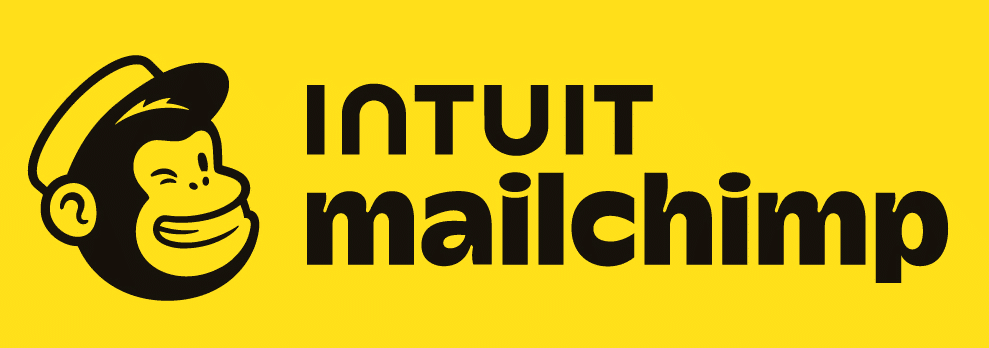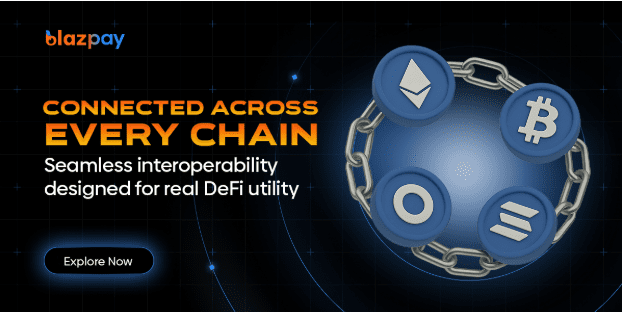Ensuring your team’s long-term well-being often starts with a well-managed 401(k) plan, and the quality of your provider’s service plays a pivotal role. So, is your current 401(k) plan provider meeting your standards? Key elements like administrative support and fee transparency can make or break the retirement benefits you offer.
If your current retirement plan isn’t meeting your needs, it may be time to make the switch to a new provider. This article will guide you through what to look for when considering a 401(k) conversion.
Key Factors to Consider When Switching Providers
You may be thinking about switching your 401(k) plan provider if…
- 1. You need better customer service.
- 2. You’re overwhelmed with administrative work and worried about your plan’s compliance with the tax code and other regulations.
- 3. Your current plan is difficult to understand, manage, and use.
- 4. You’re looking for a more cost-effective solution.
- 5. Your business’s size or structure has changed.
Let’s explore these key factors and the questions to ask when choosing a new 401(k) provider.
1. Can you get the customer support you need?
If you find yourself constantly receiving impersonal auto-reply emails instead of direct communication with a knowledgeable representative, it may be time to reconsider your provider.
A top-tier provider should offer more than just an automated helpline. They should provide access to experts who can guide you through the plan setup, management, and any potential issues that may arise. Having the ability to speak to a real person ensures that you receive the guidance and clarity you need. For employees, this means having resources available to answer their questions about contributions, withdrawals, and investment choices.
Ensure the provider you’re considering is committed to delivering superior customer service every step of the way.
2. Does your provider handle the day-to-day work?
If you have a seemingly never-ending list of tasks to keep your plan up and running (and compliant!), switching providers can give you back your time—and your peace of mind.
When it comes to plan administration, an important consideration is whether or not the provider offers 3(16) fiduciary services. A 3(16) fiduciary can manage the day-to-day administrative work of a 401(k) plan. This allows you to avoid the tedious and costly plan administration many companies face. Additionally, with so many regulations applicable to your plan, you need the comfort of knowing your plan is compliant with the rules in order to maximize the tax benefits to you and your employees.
3. Is your retirement plan simple to manage and use?
If it’s not, it may be time to find one that is (just like Seiler Lankes Group did). The right 401(k) plan provider will make the experience simple for both you and your employees.
For example, finding a provider that supports payroll integration can make administering a retirement plan much easier. By directly linking the payroll system to the retirement plan, you can automate contributions. This helps you ensure accurate and timely updates in sync with salary changes, simplifying plan administration.
Your provider should also have a simple, intuitive platform so that your employees are able to access the data they need. The more user-friendly a platform is, the more likely employees are to actively participate and make informed decisions regarding their retirement savings.
4. Do you feel like you’re paying a lot and getting very little?
Some providers may have hidden fees or charge premiums without delivering equally high-quality services. As the plan sponsor, you need transparency about where every dollar is going. Are there setup fees, administration fees, or service fees that weren’t initially clear?
Always request a detailed breakdown of fees and compare them to the benefits received, like advanced tech features or robust customer support. Consider providers who offer transparent, fair pricing that directly correlates with the level of service and support they deliver.
5. Can your plan evolve as your business does?
As your business grows, its needs change, and your existing retirement plan might no longer be the best fit. For instance, a company that has recently expanded may find that its current plan doesn’t scale effectively or offer the flexibility required for a larger, more diverse workforce.
The provider you choose should offer a flexible plan design that can scale with your business. You should be able to customize the features you want, choose investment options that work for your employees, and make changes in the future as you grow.
Steps for a Smooth 401(k) Plan Conversion
Wondering what to expect during the conversion process? There are four main steps involved in switching 401(k) providers. The good news is, Vestwell will handle this process for you from start to finish.
- 1. Initiate the Asset Transfer: Your new provider will work with your old one to coordinate the transfer of assets and records.
- 2. Rewrite or Amend Your Plan Document: Review your old plan document with your new provider and discuss any desired changes. Some changes cannot take effect until the start of the new plan year and require advance notice to eligible employees.
- 3. Choose Your Investments: Select investment options that cater to the varying risk appetites and financial goals of your employees.
- 4. Educate and Enroll Employees: Ensure your employees understand how to enroll, set their desired salary deferrals, and select from the available investment options.
Throughout the conversion process, it’s important to maintain open communication channels. If you offer a plan through Vestwell, we will help you keep your employees informed and ensure the transition goes smoothly.
Conclusion – Simplify Your Switch
Switching your 401(k) plan provider can yield significant benefits. These include more efficient plan administration, cost savings, and a more simple, streamlined experience for you and your employees. A successful conversion can be a strategic move that sets your employees and your business up for success.
The views and opinions expressed herein are the views and opinions of the author and do not necessarily reflect those of Nasdaq, Inc.







































